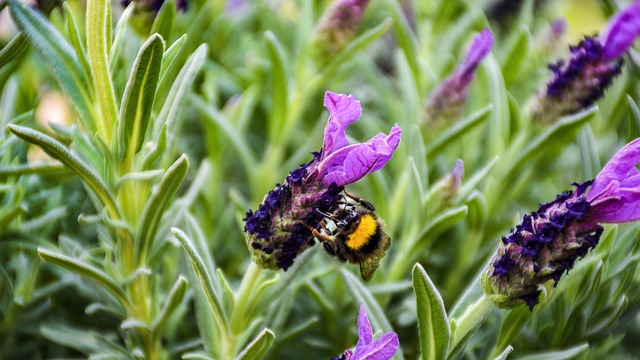Spanish lavender is a hardy perennial that is native to the Mediterranean region and part of Africa. The fragrant flowering plant thrives in a hot, humid climate but will grow well in any climate that provides it with a long, hot summer.

Spanish lavender, also known as butterfly lavender or French Lavender, produces an abundance of purple blooms from spring until the end of summer.
Knowing how and when to prune the plant is essential for its longevity and continued blooming.
Table of Contents
When To Prune
All types of lavender are typically pruned immediately after the plants finish blooming, but Spanish lavender is a little different. This variety is in bloom almost continuously from spring through the end of summer, so it never finishes blooming.
Prune Spanish lavender immediately after the first wave of blooms in spring. These first blooms will cover the plant and make it look like a mound of purple. As soon as these purple blooms begin to fade it’s time to prune the plant.
How To Prune
This first pruning should be the most significant one of the growing season. Prune off all the flower wands and cut down into the foliage. The entire plant should have the top one-third pruned off.
Do not cut the woody stems it will injure the plant.
Light pruning will be needed to keep the Spanish lavender blooming and shapely during the summer. Deadhead the plant as needed by snipping off fading flowers and dead leaves.
In mid-summer, the plant will benefit from a good overall shape-up pruning that will remove a of couple inches of top and side growth.
Harvest Pruned Flowers
Harvest some of the pruned-off flowers for use in culinary recipes or to add fragrance to health and beauty products.
Spanish Lavender Care
Gather stems with flowers on them and remove leaves.
Create bundles of 10-20 stems and secure them with a rubber band. Hang upside down in a warm location that has good air circulation to dry for 10 days.

